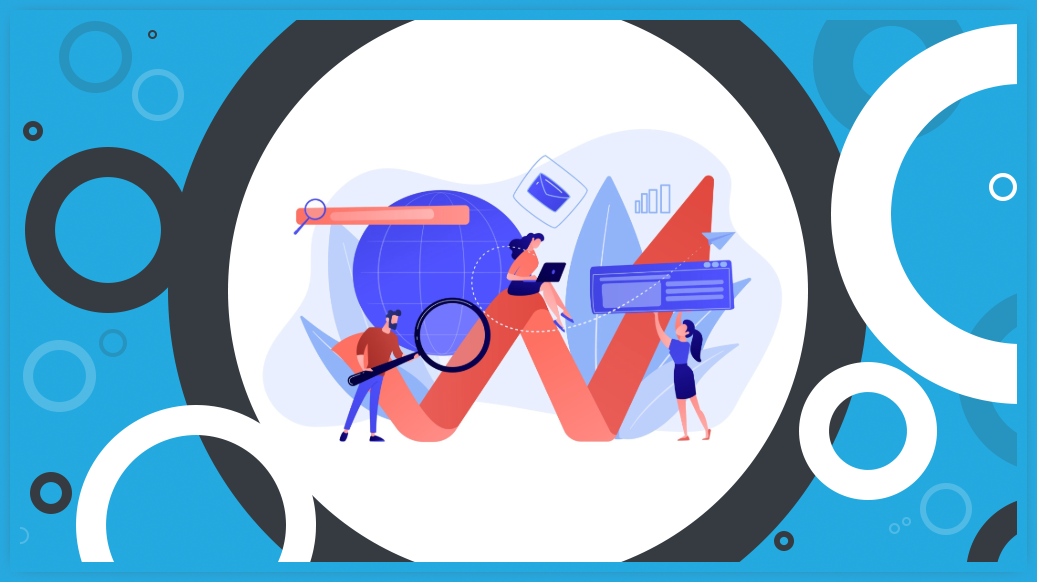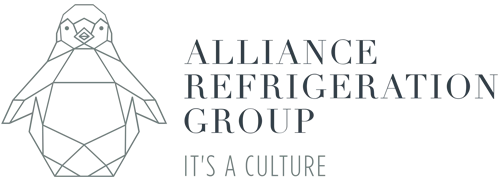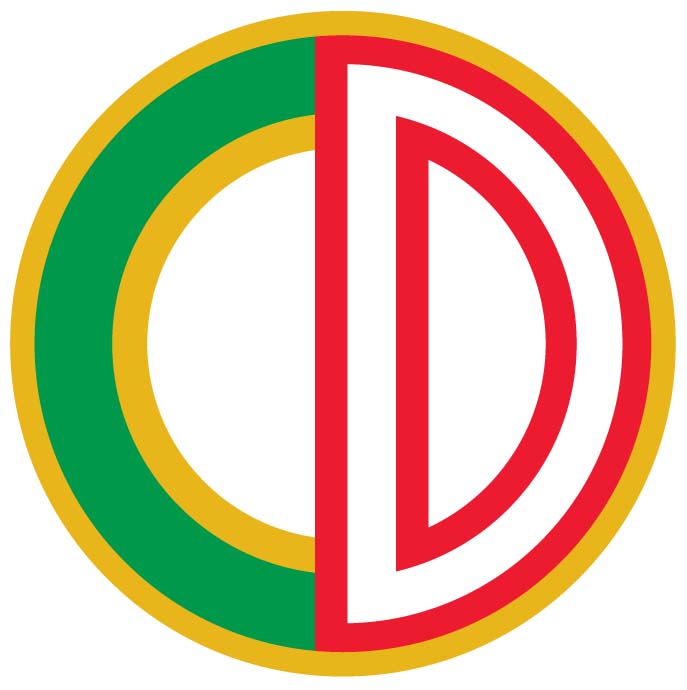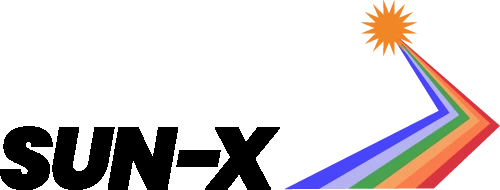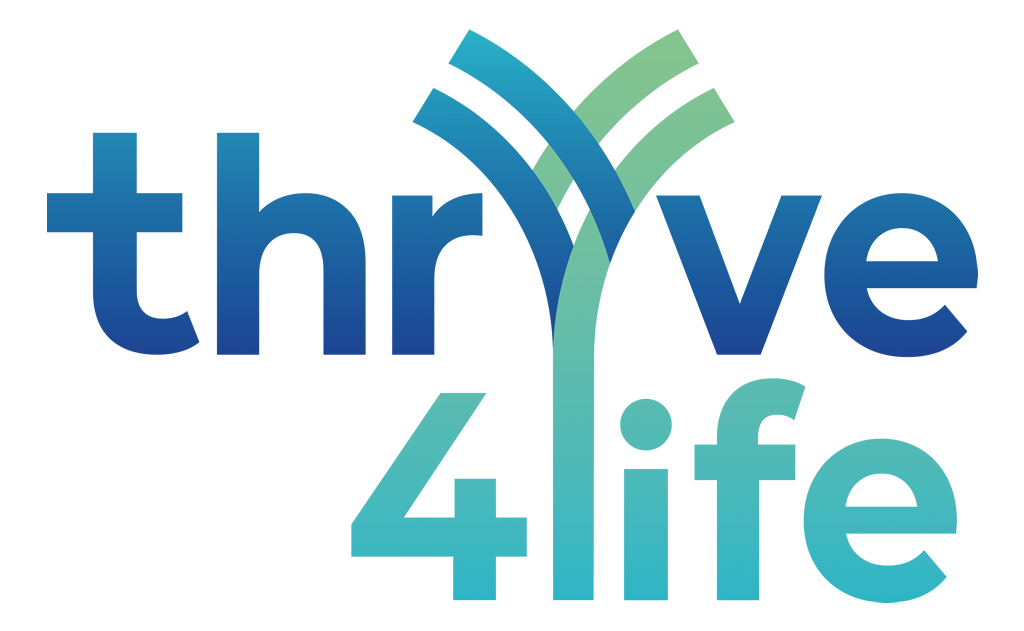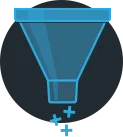Key Takeaways:
Google’s latest update groups all sponsored results under a single “Sponsored results” banner and lets users hide the ad section for that search session. The change aims to improve transparency and user control, but it could affect ad visibility, engagement, and campaign performance. Advertisers may need to adapt by creating stronger, more attention-grabbing ads to maintain clicks and conversions.
In this article you’ll learn:
- What the new Google update means for how sponsored results appear and user control.
- How this change could impact ad visibility, click-through rates, and campaign performance.
- Strategies advertisers can use to optimise Google Ads for attention, engagement, and ROI in the new layout.
Google is making a change to the way ads appear in Search, and it’s a big one.
In a new global update rolling out across desktop and mobile, Google is giving users the option to hide sponsored results. Yep, you read that right. You can now “tuck away” the ads section in your search results (at least for that session).
Here’s what’s happening and why it matters:
What’s Changing
Until now, each paid listing in Google Search had its own small “Sponsored” label next to it. With the update, that’s about to look a little different.
- All ads will now sit together under one banner labelled “Sponsored results.”
- This section will include a small control button that lets you collapse (or hide) the ads for that specific search.
- Once collapsed, you’ll only see the organic results below.
- The feature is rolling out globally across both desktop and mobile search.
In short: Google isn’t removing ads, but it’s making it clearer which results are paid and giving users a small dose of control over what they see.
Why Google’s Doing This
There’s been growing pressure, especially from regulators in Europe for more transparency in digital advertising. People should be able to tell what’s an ad and what’s not.
By grouping ads under a single, clearly marked section and offering a “hide” option, Google is aiming to:
- Make paid content more transparent
- Give users a little more control
- Show regulators it’s serious about clearer ad labelling
It’s also a subtle move toward improving the overall user experience, without ditching ads altogether (which, let’s be honest, isn’t going to happen anytime soon).
What It Means for Users
For everyday searchers, this update means you can now scroll past the sponsored section, then click “hide” to remove it for the rest of that session.
But it’s important to note:
- It’s not a permanent setting. Once you start a new search, ads will reappear.
- You’ll still see the sponsored section initially, so advertisers still get visibility.
Still, it’s a refreshing step toward more user-friendly search results.
What It Means for Your Google Ads
If you’re running Google Ads, this is worth paying attention to.
If more users start collapsing the ad section, that first impression becomes more important than ever. You need to:
- Craft stronger ad copy that grabs attention immediately
- Optimise headlines and sitelinks to stand out within the grouped section
- Focus more on building trust and brand recognition (so users are drawn to click even if they know it’s an ad)
There’s also the question of interaction patterns. Grouping ads together might change how people scan or engage with them. Some users might see the whole block as “one thing” rather than separate ads, which could impact click-through rates…
Our PPC Team’s Take
Our PPC experts have been keeping a close eye on this update, and their view is that it will shake things up a bit:
“This update will definitely influence how often users see or engage with ads. In the short term, we may see click-through rates (CTR) dip slightly as more people choose to collapse the sponsored section, and with reduced visibility, competition for those remaining clicks could push cost-per-click (CPC) a little higher.
That said, there’s another side to it. Once users get used to the hide option, the people still seeing ads are likely to be those who really want to see them, or who are more actively searching for products and services. That means the clicks that do come through could actually be higher intent and more valuable.
It’s still early days, and Google often tweaks how these kinds of features work based on user behaviour. So, while this is an important update to watch, we expect to see some fine-tuning over the coming months as the rollout continues.
In other words, while visibility may take a short-term dip, the quality of engagement could improve, meaning advertisers might start seeing fewer clicks, but from users who are genuinely ready to buy.”
Dan Manerwap – PPC Specialist
A Balancing Act for Google
Google’s business runs on ads, so they’re not going anywhere. But this update feels like an attempt to strike a balance. Giving users more transparency and control, while still keeping advertisers in play.
It’s also part of a wider shift in how Google presents results. The company’s been steadily redesigning Search to be more visual, more helpful, and (let’s be honest) more user-friendly in an era where AI answers are taking centre stage.
The Bottom Line
This update won’t revolutionise Google Search overnight, but it does hint at where things are heading.
For marketers, it’s a reminder that great advertising, the kind that feels relevant, useful, and genuinely interesting, will always stand out, no matter how Google displays it.
PPC Campaign Management in Chichester
If you want to make sure your Google Ads continue to deliver strong results despite changes like this, our PPC management services can help.
Call our Chichester digital marketing agency today on 01243 888555 or click here to book a chat in the diary to find out how we can help your business stay visible, competitive, and effective on Google.



